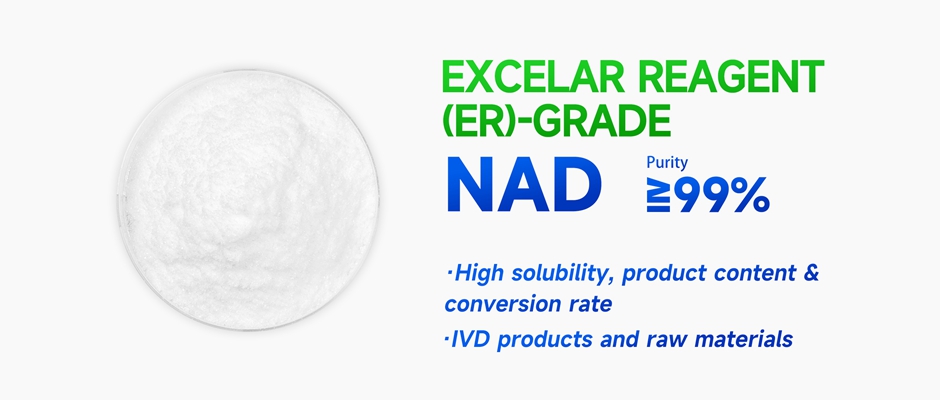Introduction
Mar 4th is determined as the World Obesity Day. World Obesity Federation, UNICEF and WHO have hosted a global youth-led webinar to talk about obesity & youth. The obesity crisis has gradually attracted much attention. The latest report by the Lancet suggests that one billion people are bothered by obesity (2022), with 650 million adults, 340 million adolescents and 39 million children. Recently, etiological studies and interventions for obesity have been progressively focused on the central nervous system, with an attempt to curb the onset of obesity at its source. Notably, targeting NAD+ salvage pathway in hypothalamic astrocytes may be a potential approach to combat obesity.
The association of hypothalamic astrocytes and obesity
The hypothalamus functions as the appetite regulation center, which receives and integrates the neuroendocrine factors produced by the central nervous system and peripheral tissues to promote or suppress appetite, so as to affect body weight. Noteworthily, aypothalamic astrocytes can apparently decrease glucose clearance and increase plasma insulin levels, playing an essential role in modulating energy metabolism, which are expected to be a new target for obesity treatment.
Alleviation of high-fat diet (HFD)-induced obesity by repressing astrocyte NAD+ salvage pathway
Under conditions of excessive fat intake, the NAD+ salvage pathway is specifically activated in hypothalamic astrocytes, which restrains the energy expenditure (EE) and fat oxidation in adipose tissues by downregulating sympathetic nerve innervation, eventually resulting in the accumulation of adipose tissue fat and the development of obesity.

CD38 as a downstream mediator of astrocyte inflammation induced by the NAD+ salvage pathway.
CD38 functions downstream of the NAD+ salvage pathway in hypothalamic astrocytes burdened with excess fat. CD38 knockdown in arcuate nucleus astrocytes diminishes the weight gain, reduces fat mass, increases EE, and lowers RER during HFD consumption. Cd38 depletion in hypothalamic astrocytes may improve hypothalamic inflammation by increasing NAD+ level. Hypothalamic inflammation can not only lead to energy imbalances, but also exacerbate central insulin resistance and leptin resistance, which can lead to the accumulation of fat in peripheral tissues.

The role of nicotinamide phosphoribosyltransferase (NAMPT)–NAD+–CD38 axis in obesity
In mammals, the salvage pathway represents the primary means of maintaining cellular NAD+ level. A crucial step in the NAD+ salvage pathway is catalyzed by NAMPT. In response to fat overload, the activation of the astrocytic NAMPT-NAD+-CD38 axis induces pro-inflammatory responses in the hypothalamus, eliciting aberrantly activated basal Ca2+ signals and compromised Ca2+ responses to metabolic hormones such as insulin, leptin, and glucagon-like peptide 1, ultimately resulting in dysfunctional hypothalamic astrocytes and contribute to the development of obesity.

Conclusion
Mechanically, inhibition of hypothalamic astrocytic NAD+ salvage pathway, along with its downstream CD38, mitigates hypothalamic inflammation and attenuates the development of HFD-induced obesity in male mice.
Reference
Park, J.W., Park, S.E., Koh, W. et al (2024). Hypothalamic astrocyte NAD+ salvage pathway mediates the coupling of dietary fat overconsumption in a mouse model of obesity. Nat Commun 15, 2102. https://doi.org/10.1038/s41467-024-46009-0
BONTAC has been dedicated to the R&D, manufacture and sale of raw materials for coenzyme and natural products since 2012, with self-owned factories, over 170 global patents as well as strong R&D team. BONTAC has rich R&D experience and advanced technology in the biosynthesis of NAD and its precursors (eg. NMN and NR). There are various types of NAD to be selected, encompassing NAD ER Grade (endoxin removal), NAD Grade I (IVD/dietary supplement/cosmetics raw powder), NAD Grade II (API/intermediates) and NAD Grade IV (if any higher requirement on the solubility), which can be provided in the form of lyophilized powder or crystalline powder. The purity of BONTAC NAD can reach above 98%.

Disclaimer
This article is based on the reference in the academic journal. The relevant information is provided for sharing and learning purposes only, and does not represent any medical advice purposes. If there is any infringement, please contact the author for deletion. The views expressed in this article do not represent the position of BONTAC. BONTAC holds no responsibility for any claims, damages, losses, expenses or costs resulting or arising directly or indirectly from your reliance on the information and material on this website.









































































































